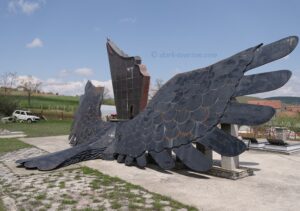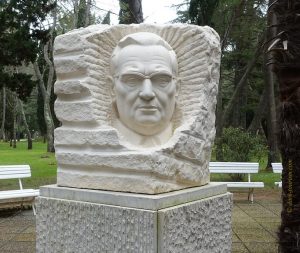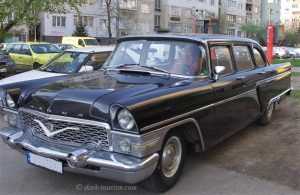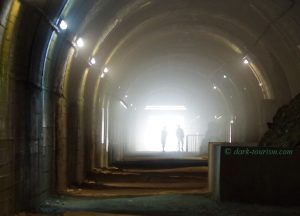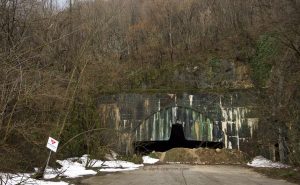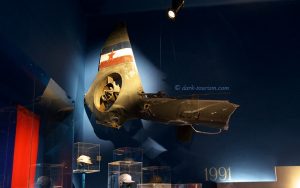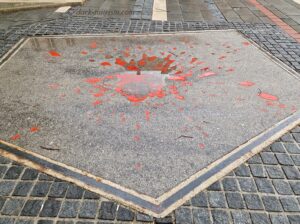
Back from Bosnia & Herzegovina
Yesterday I returned from my two weeks’ long trip to Bosnia & Herzegovina. I had been before, but that was back in 2009 and only for a few days in Sarajevo and Mostar. On this trip I had a lot more time and also went on several tours that took me out of the cities and to some quite off-the-beaten track locations.
As before, I give you a quick photo essay Blog Post based mostly on photos taken with a

